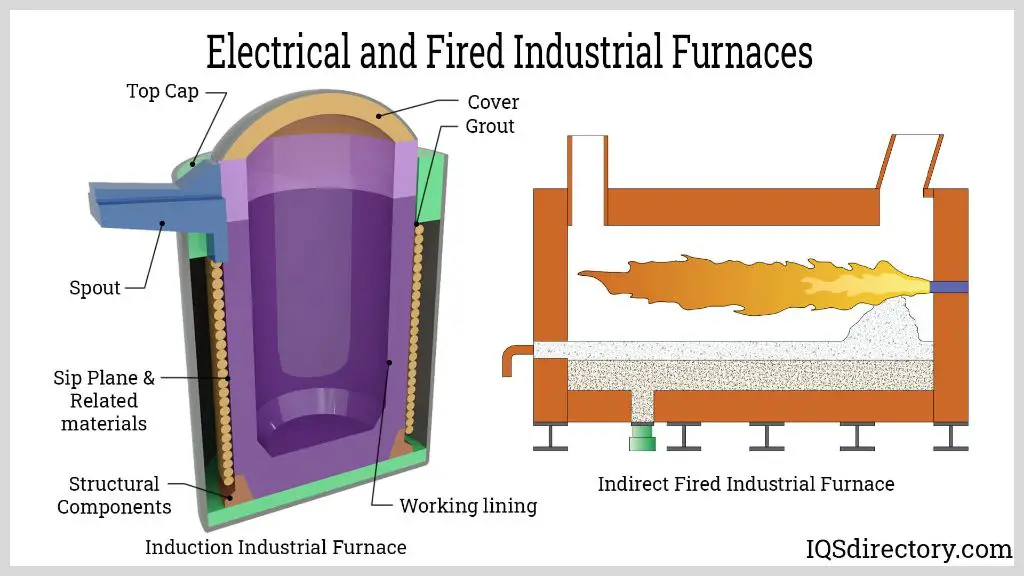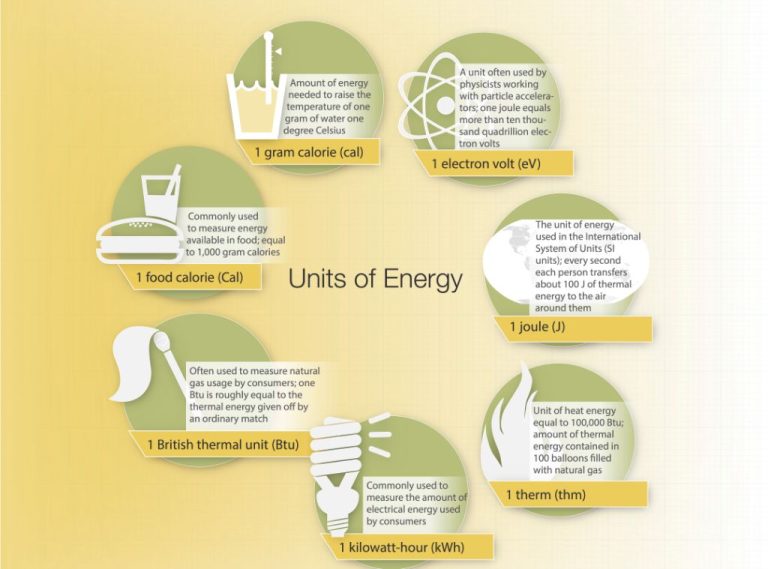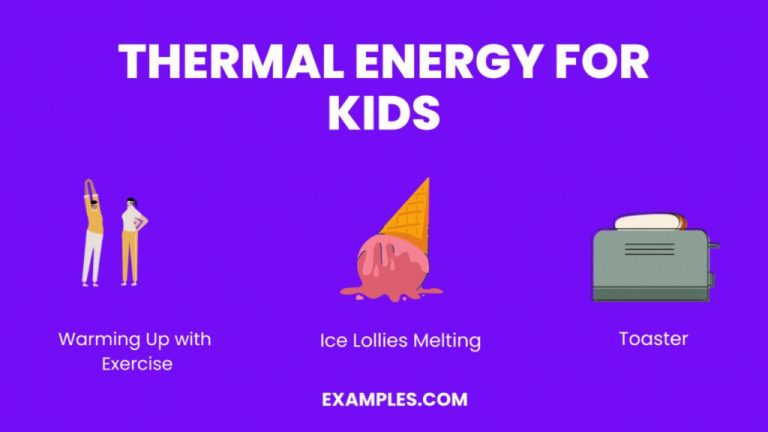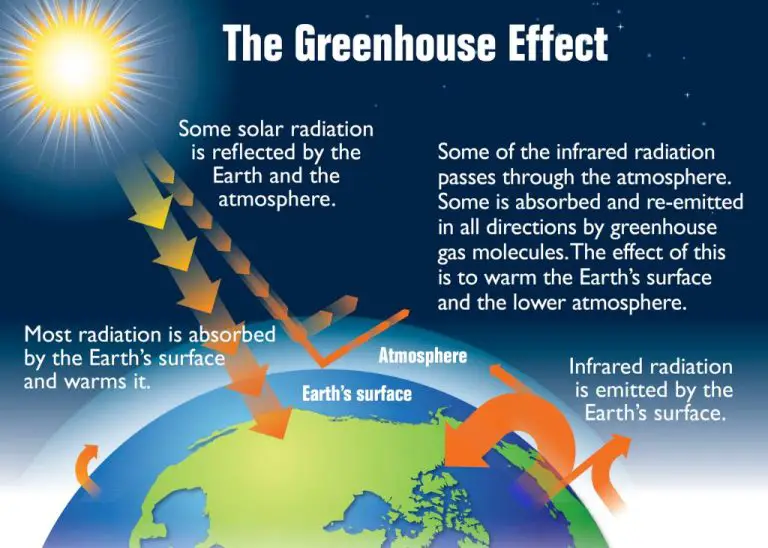What Are The 10 Uses Of Heat Energy?
1. Heating buildings
Heat energy is used to heat homes, offices, schools, hospitals, and other buildings where people live and work. There are several sources of heat energy commonly used for heating buildings:
- Natural gas – Burning natural gas in a furnace or boiler is one of the most common ways to produce heat for buildings. Natural gas releases heat energy when it undergoes combustion with oxygen.
- Electricity – Electricity can power various heating systems including electric baseboard heaters, electric furnaces, and heat pumps. The electricity is used to generate heat through resistive heating elements or compressors.
- Geothermal – Geothermal heating takes advantage of the constant temperatures found underground to provide heating and cooling. Pipes circulate water or refrigerant through the ground to absorb heat in winter and dissipate heat in summer.
- Biomass – Burning organic matter such as wood, agricultural waste, and biofuels can provide heat energy for buildings. As biomass undergoes combustion, chemical energy is released as heat.
Properly heating buildings is essential for human comfort and health. Heat energy helps maintain indoor temperatures at safe and comfortable levels during colder weather.
2. Cooking
Heat energy is essential for cooking food. Ovens, stoves, cooktops, etc. run on natural gas, electricity, wood, etc. to provide the heat necessary to prepare meals. Cooking takes raw ingredients and uses heat to transform them into more palatable and digestible forms. The application of heat breaks down proteins, carbohydrates, and fats while caramelizing sugars and inducing other chemical changes that enhance flavor and aroma. Different cooking methods such as baking, frying, sautéing, broiling, grilling, etc. all rely on heat energy to raise the temperature of food to the appropriate levels for the desired outcomes. Cooking makes food safer to eat by killing potentially harmful microorganisms. It also makes many foods easier to chew and digest. Nutrients and flavors that are inaccessible or indigestible in raw foods become available through the chemical changes induced by heat. Humans have harnessed various sources of heat energy for cooking throughout history, from open fires to modern indoor stoves. Meals and cuisines from around the world would not be possible without the input of heat energy from different fuels and appliances.
3. Industrial processes
Many industrial processes require heat for manufacturing, refining, smelting, drying, etc. Factories use heat to produce materials like steel, aluminum, plastic, cement and paper. Heat is an essential part of the refining process for oil, gas, metals and other raw materials.
Some common industrial uses of heat energy include:

- Smelting – High heat is used to melt ores and refine metals.
- Drying – Heat evaporates moisture from materials during production and processing.
- Curing – Heat chemically hardens materials like glues, paints and plastics.
- Separation – Distillation columns use heat to separate chemical mixtures into components.
- Refining – Heat is used to break down and refine crude oil into useful fuels and gases.
- Food processing – Heat sterilizes, cooks, dries and pasteurizes food for preservation.
Industrial processes would not be possible without the high-temperature heat provided by sources like coal, natural gas, electricity and steam.
4. Electricity generation
Most power plants generate electricity using heat to boil water and spin turbines. There are various heat sources used to produce the heat needed to boil water, including:
Coal – Burning coal heats water to produce steam. The steam then spins turbines connected to electrical generators.
Natural gas – Like coal plants, natural gas plants burn fuel to heat water and produce steam that drives turbine generators.
Nuclear – The tremendous heat released by nuclear fission reactions is used to create steam and spin turbine generators.
Geothermal – Geothermal plants use naturally occurring hot water reservoirs deep underground to produce steam for electricity generation.
Biomass – Burning biomass fuels like wood and agricultural waste heats water to produce electricity-generating steam.
No matter the heat source, most power plants convert heat energy into mechanical energy to spin turbines, which then spin generators to produce electrical energy that powers our modern society.
5. Transportation
Transportation methods like cars, trucks, planes, trains, and ships rely extensively on heat energy to power their engines and enable mobility. Internal combustion engines found in most road vehicles convert heat from burning gasoline or diesel into mechanical motion that turns the wheels. The controlled explosion of fuel inside each cylinder of the engine generates rapid gas expansion and elevated temperatures up to 2,500 degrees Fahrenheit. This produces force that pushes a piston down, converting the heat energy into rotational energy that drives the wheels.
Similarly, jet engines on aircraft use the combustion of aviation fuel to release stored chemical energy as heat, which expands and accelerates the air passing through the engine to provide thrust. The hot exhaust gases exiting the jet turbine at high speeds propel the aircraft forward. Whether in a jet engine on an airplane or gasoline engine in a car, transportation requires the rapid and carefully controlled release of heat energy from fuel to power mobility.
6. Water heating
Heat energy is commonly used to heat water for domestic and industrial purposes. Water heaters, boilers, and kettles use various heat sources like electricity, natural gas, propane, solar energy, or geothermal energy to warm water. Hot water is essential for bathing, cleaning, cooking, and food preparation. Industries like manufacturing, agriculture, and hospitality require hot water for cleaning, sterilization, food processing, and more. Hot water heating accounts for about 18% of energy use in homes. Tankless or on-demand water heaters provide hot water when needed without storing heated water. Solar water heating systems can utilize energy from the sun to heat water as a renewable energy source. Optimizing water heater insulation, temperature settings, and usage can improve efficiency and reduce energy consumption.
7. HVAC systems
Heating, ventilation, and air conditioning (HVAC) systems rely on heat energy to regulate indoor temperatures and air quality in buildings. Heat pumps, furnaces, and boilers are commonly used in HVAC systems to provide space heating, space cooling, and hot water in homes and commercial buildings.
Heat pumps transfer heat between indoors and outdoors to efficiently heat and cool interior spaces. They use electricity to move heat, providing heating in winter by absorbing heat from outdoor air and distributing it indoors. In summer, the process reverses as heat pumps pull heat from inside and release it outdoors.
Furnaces and boilers burn fuels like natural gas, propane, or heating oil to generate hot air or water for space heating. The heated air or water is distributed through ductwork and piping to warm interior spaces during colder months.
Air conditioners and chillers use electricity and heat energy to provide space cooling. They remove heat from indoor air and release it outdoors through a process of heat transfer and phase change in refrigerants. This cooling process allows HVAC systems to maintain comfortable temperatures in warm weather.
Overall, HVAC systems demonstrate a major use of heat energy for climate control in residential, commercial, and industrial buildings.
8. Chemical reactions
Many chemical reactions and industrial chemical processes require heat. Chemical reactions involve the breaking and reforming of molecular bonds, which requires energy input. Heat provides the activation energy to get reactions started and keep them going. Some examples of chemical processes that use heat energy include:
- Manufacturing ammonia for fertilizers
- Producing methanol from natural gas
- Extracting metals from their ores
- Cracking heavy hydrocarbons into lighter fuels
- Synthesizing plastics and polymers
- Refining petroleum
The chemical industry relies heavily on heat to drive reactions and separations. Heat enables high productivity and yield for chemical manufacturing. Controlling the input of thermal energy is also critical for obtaining the desired products and selectivity for many reactions and processes.
9. Melting and Phase Changes
Heat energy is used to melt solids and cause phase changes between solid, liquid, and gas states of matter. This process is vital in materials science and manufacturing. When heat is applied to a solid, the molecules gain kinetic energy and begin to vibrate and move apart. As more thermal energy is added, the molecular bonds weaken and eventually break apart as the material transitions from a structured solid into a free-flowing liquid.
Further increasing the temperature can cause the liquid to boil and turn into a gas. These phase changes from solid to liquid to gas are essential in metallurgy, glass making, plastic production, and other materials processing. Precise control over the heating and cooling process enables the creation of advanced alloys, semiconductors, polymers, and other indispensable materials. Heat energy allows us to melt, mold, and manipulate all kinds of substances into useful materials and products.
10. Biological processes
One of the most essential uses of heat energy in nature is for biological processes in living organisms. The bodies of humans and other animals produce heat as a byproduct of metabolic chemical reactions. This internal heat production helps maintain proper temperature ranges needed for cellular processes, metabolism, growth, and reproduction.
Homeothermic animals like mammals and birds strictly regulate their body temperatures, even when the external temperature changes. Generating body heat allows them to maintain ideal temperatures for enzymatic reactions and other internal processes despite varying environmental conditions. For example, humans need to keep their body temperature around 98.6°F/37°C. If their core temperature drops too low, chemical reactions will slow down or stop, risking hypothermia and organ failure. Producing internal heat is vital to human survival.
Similarly, embryos and juveniles of some animal species rely on heat for proper development. Reptile eggs, for instance, require sufficient ambient heat to incubate, ensuring the offspring grow normally. Heat accelerates biochemical processes like cell division and protein synthesis that are essential for growth. Therefore, heat generation and regulation are essential biological functions in many forms of life.





